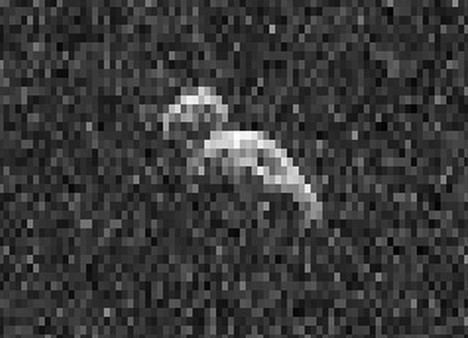COSPAR ID 2014-076D Dry mass 64.5 kg (142 lb) | Launch mass Total: 67 kg (148 lb) | |
 | ||
Mission type Asteroid flyby, technology demonstration Website PROCYON on University of Tokyo site | ||
PROCYON (Proximate Object Close flyby with Optical Navigation) is an asteroid flyby space probe that was launched together with Hayabusa 2 on 4 December 2014 13:22:04 (JST). It was developed by University of Tokyo and JAXA. It is a small (70kg, approx. 60 cm cube), low cost (¥500 million) spacecraft.
Contents
It was intended to flyby the asteroid 2000 DP107 in 2016, but the plan was abandoned due to the malfunction of the ion thruster.
Mission overview
PROCYON was launched as secondary payload together with the Hayabusa 2 asteroid landing probe. After separation from the carrier rocket, PROCYON was left on a heliocentric orbit. On February 22, 2015, the ion engine was started, with the intention of adjusting the orbit so that an Earth flyby in December 2015 would direct the probe towards asteroid 2000DP107. Initial results were favourable - the engine delivered 330 µN of thrust rather than the designed 250 µN - but unfortunately the engine failed on March 10 and could not be restarted; PROCYON flew past Earth on December 3, 2015, but was unable to make a controlled orbit change.
The 70 kg spacecraft has a specific impulse of 1000 seconds, for a delta-V budget of about 500ms−1; the intention was to use 20% of the xenon propellant for the initial orbit correction, and the rest of the propellant between the Earth flyby and the asteroid flyby to ensure a controlled flyby distance of 30 km.
A novel subsystem tested by PROCYON involved feeding both the main ion engine and the eight cold-gas attitude control thrusters from the same tank (containing 2.5 kg of xenon at launch)
Instruments
Science results
PROCYON observed the Lyman-alpha emission of comet 67P/Churyumov–Gerasimenko to determine its overall coma structure.
